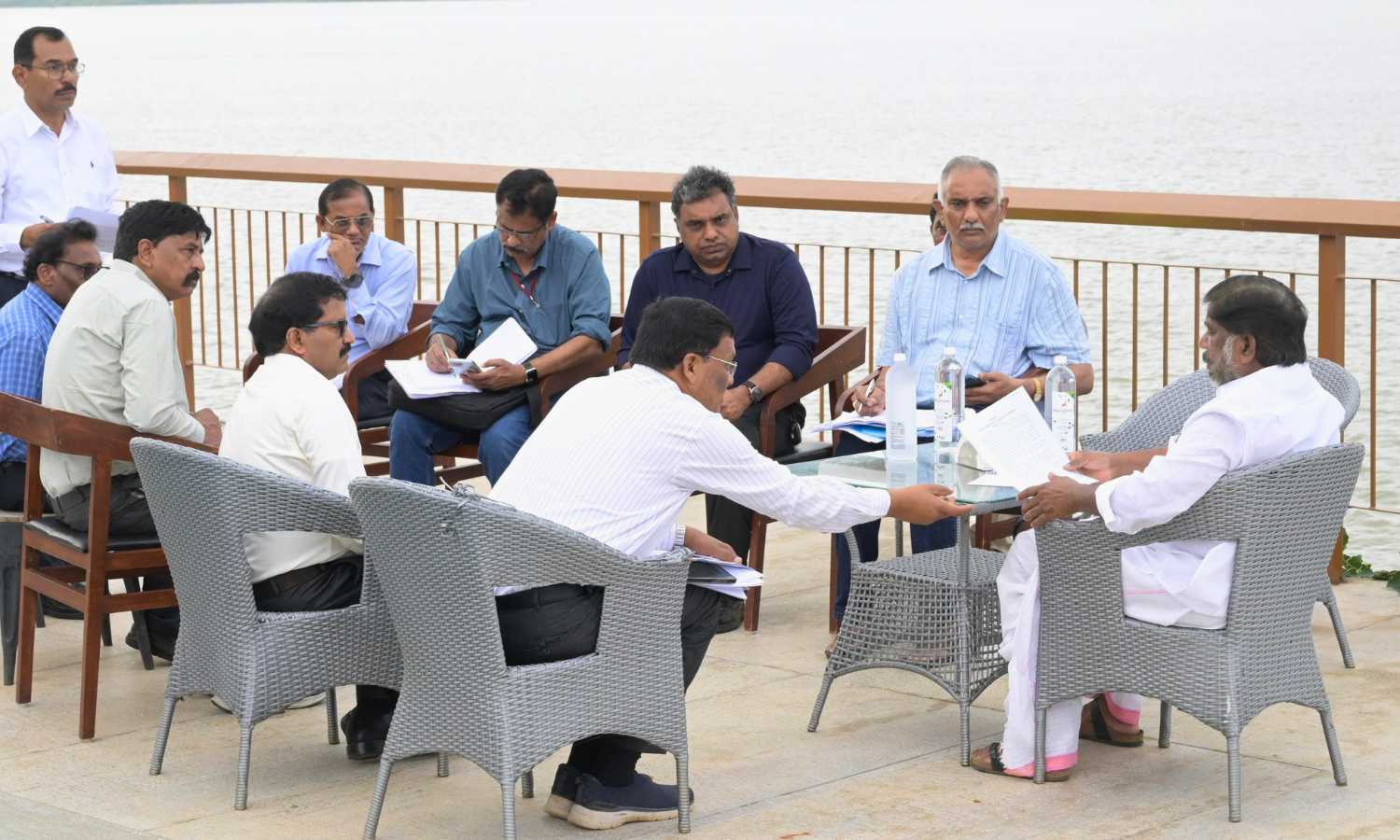Hyderabad: In a clear signal that Telangana is getting serious about energy storage, Deputy Chief Minister Bhatti Vikramarka has ordered power officials to fast-track plans for pumped storage projects across the state. During a high-level review at Somasila in the Kollapur constituency on Sunday, Bhatti directed GENCO and TRANSCO to pinpoint 23 potential sites and draw up a detailed implementation plan.
The meeting zeroed in on hydel projects strung along the Krishna River, from Jurala all the way to Pulichintala, with Bhatti making it clear that the time for pilot talk is over. He urged officials to study global benchmarks and, if needed, bring in international consultants to get things moving.
Storing the sun for the night
At the heart of the push is a simple but urgent goal: find ways to store solar energy generated during the day for use after sundown. Bhatti pointed to a little-remembered moment from the past – the 1978 Congress government’s tie-up with Japanese giants Toshiba and Mitsubishi on reverse pumping tech—as proof that India has had the vision before. “Our engineers back then were thinking ahead. We need that kind of long-term thinking now,” he said.

He’s asked GENCO to map out a 20-year energy roadmap that keeps pace with Telangana’s power-hungry future, but also respects the environment and future generations.
Bhatti also took a moment to applaud the electricity department for keeping the lights on during an unprecedented spike in demand this year. To deepen technical know-how within GENCO, he’s pushing for a three-day expert-led training session across all ranks.
ఈరోజు ఉదయం సోమశిల వద్ద విద్యుత్ శాఖ ఎస్పీడీసీఎల్, జెన్కో అధికారులతో సమీక్ష నిర్వహించాను.
• వ్యవసాయ పంపుసెట్లకు సోలార్ విద్యుత్ను విస్తృతంగా అందుబాటులోకి తెచ్చేలా చర్యలు..
• రాష్ట్రంలో పవన విద్యుత్ ఉత్పత్తి సామర్థ్యాన్ని మరింత పెంచే దిశగా ప్రణాళికలు రూపొందించాలి అని ఆదేశాలు.… pic.twitter.com/3jp9MjSAeV— Bhatti Vikramarka Mallu (@Bhatti_Mallu) August 3, 2025
On the broader energy front, he wants to see stronger moves in alternative power, from floating and rooftop solar to wind, nuclear, green hydrogen, and battery storage. “We need a mix that’s both sustainable and future-ready,” he said.

